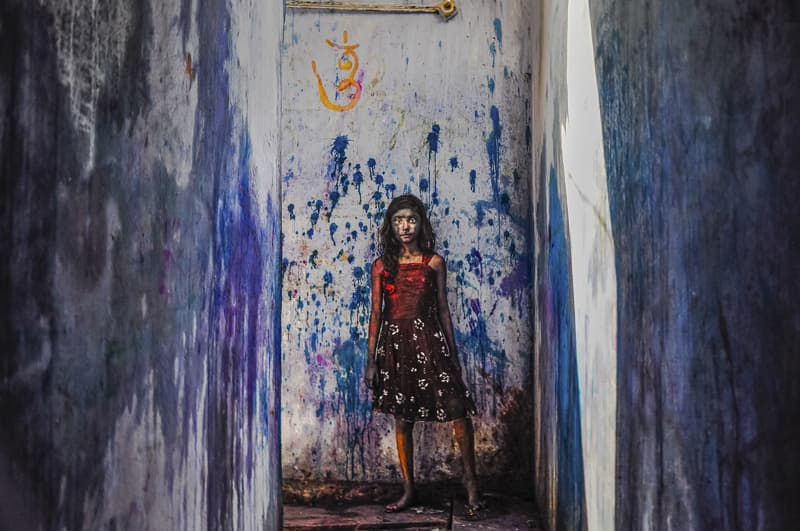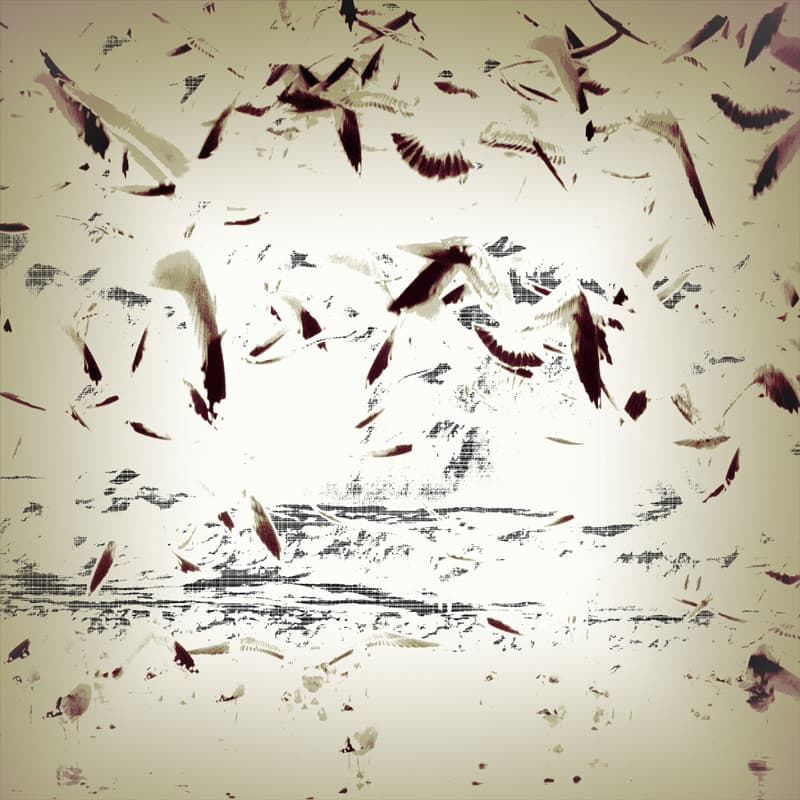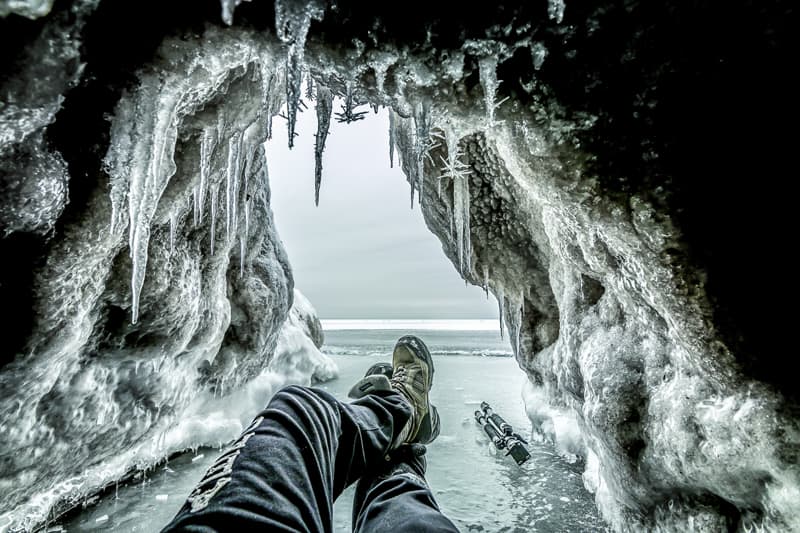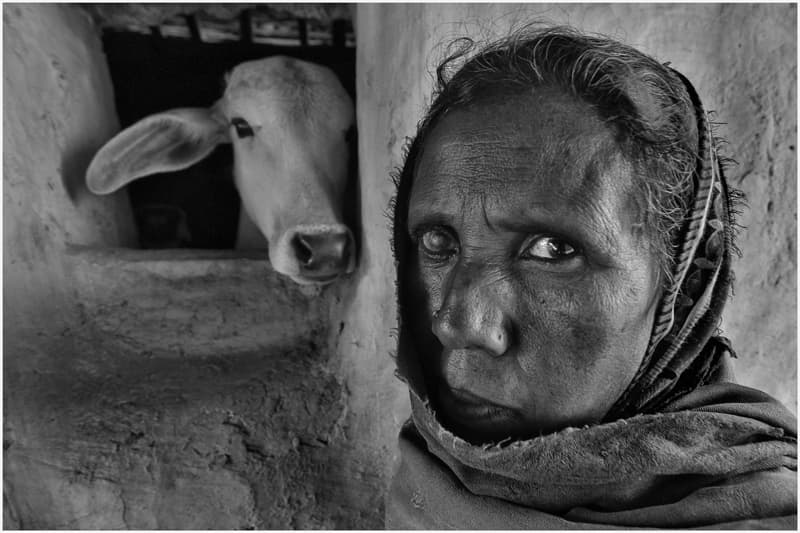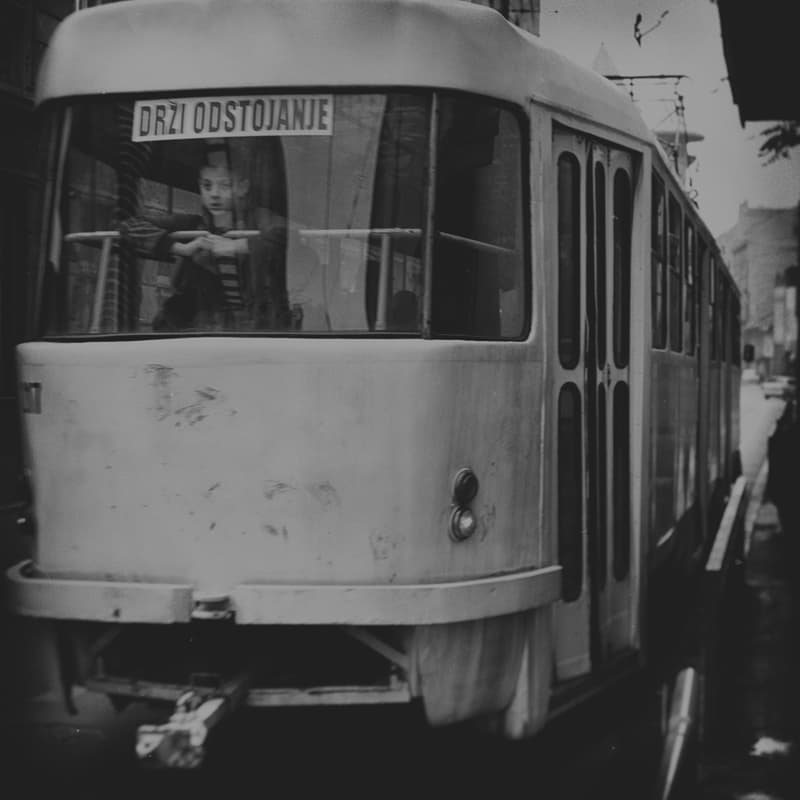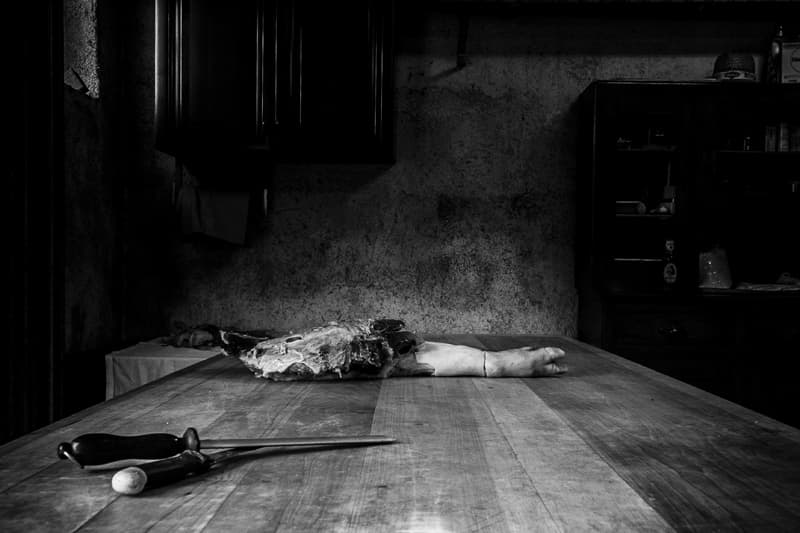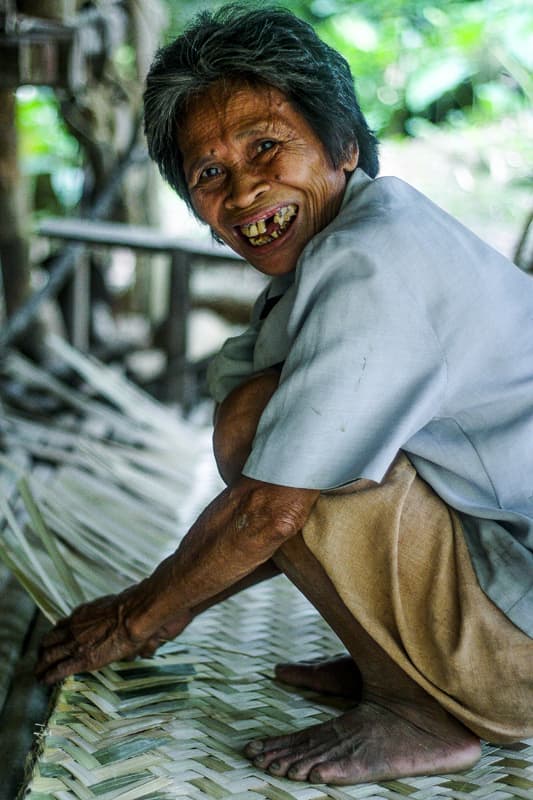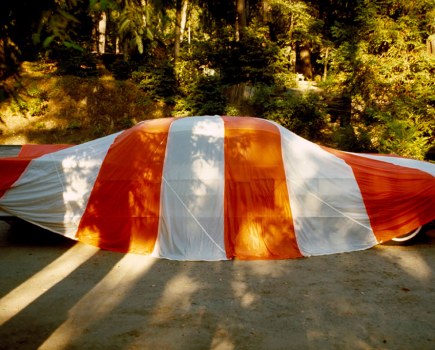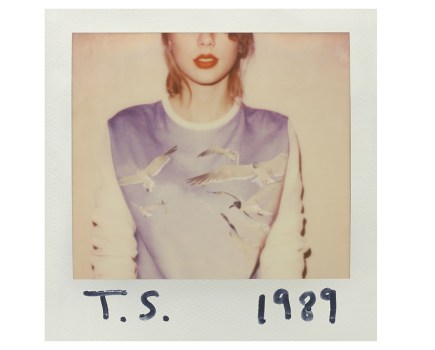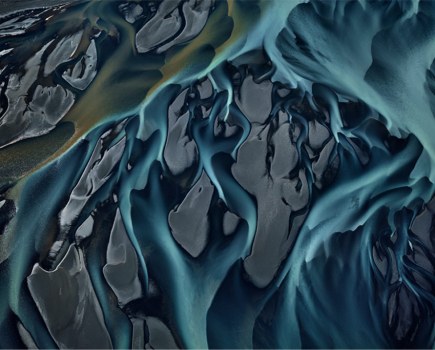What image of yours are you most proud of?
Likely as not, you’re picturing a shot (or, for the indecisive among you, a few shots) in your head right now. Have you ever submitted it to an exhibition or competition?
Paul Bridge, owner of London’s newly opened Album gallery, wanted to see some special images for its inaugural exhibition, but wasn’t sure how best to gather them. Whatever genre he chose would automatically restrict what kind of photographs, and photographers, he would see.
The solution: simply send out a call asking photographers for their best shot. No genre restrictions, no entry requirements. Just a simple request for whatever image they thought would be ‘worthy of featuring in an exhibition’.
The result is ‘egalitaria’: a collection of images that underlines just how broad and expansive a practice photography is. Portraits, travel shots, abstracts, landscapes and more all sit alongside one another.
We got in touch with Paul to find out a little more about what happens when you ask photographers from all around the world to send you any image about anything. Read on for our q&a.
What image would you have submitted?
Amateur Photographer: The brief for the egalitaria exhibition was for photographers anywhere to submit images of any kind that they thought ‘worthy of a place in an exhibition’. What inspired this idea?
Paul Bridge: I wanted my own gallery but was clear I didn’t want it to just be about me.
Album, is a direct result of my commitment to the belief that a quality print is the natural and desirable endpoint of a good photograph. I felt I couldn’t be alone in feeling that, and social media made it straightforward to find photographers with the same belief and invite them to be considered for our first exhibition.
I printed professionally at a high level for a number of years and I know the ‘acid test’ for my own pictures remains whether or not I feel an image is worthy of going forward to a large scale print. Meanwhile we live in a time when the whole notion of printing might slip away despite more people creating more photographs than ever. I am far from being a ‘digital denier’, yet however convenient it may be to take, review, enhance and publish photographs within the digital world, it remains true that viewing on a screen is neither as instructive for the image-maker or as satisfying for the viewer. Displayed prints become part of the fabric of where they are on show.
So given that the whole idea behind Album is to demonstrate the power of the print, beyond that I wanted to offer a level opportunity to everyone. I gave a lot of thought to steering the type of images but any conditions of entry always seemed to go against that principle, hence the open invitation and the exhibition title: egalitaria.
AP: What kind of images were you expecting?
PB: I never settled on a solid expectation about what would come into Album’s inbox. I feared sometimes that none at all would arrive. At other times I worried that in a world where hundreds of millions of photographs are loaded into the cloud every day, there would be a deluge of images and none be suitable.
Logic told me to expect enough photographs of quality to create a credible exhibition, and I kept the faith with my decision to do egalitaria as Album’s first show. For a couple of weeks not much happened, and then one great image arrived, then another, and at that point we knew we would get enough.
AP: And what kind of images did you receive?
PB: I know people are drawn to photography for any number of reasons. Some love the technology and are wildly engaged with mastering it. Others have an imagination and choose photography to make their vision real. Others have an abiding interest in a subject such as wildlife or astronomy and photography is a means to engage more deeply with it rather than an end in itself.
At the end of five weeks over 1200 submissions were made and I think they reflected the full diversity of how and why people pursue photography. The evidence is that people take their cameras everywhere, photograph everything.
Summing-up the extraordinary diversity of the pictures submitted while remaining accurate and fair is extraordinarily difficult. There were a few abstracts but for the most part human activities dominated: daily life, ceremonies and rituals, the growing and consumption of food, the wish for exploration and adventure and the desire to create original imagery were themes which established themselves as I watched new arrivals in the exhibition inbox.
Portraiture, both formal and informal, as a means of communicating other realities ran through all submissions as the strongest thread.
AP: What surprised you about the submissions?
PB: First and foremost the quality of the photographs submitted. There is clearly a mountain of talent out there working hard with their cameras. We received submissions from every continent except Antarctica. Stylistically they ranged from the picturesque, which would happily grace high-end travel publications, to provocative constructed images which would sit easily in high-minded art magazines.
The happiest surprise (and with hindsight it remains so) was how few photographs disqualified themselves for simply being poor. Fewer than ten percent were instantly dismissible. We are all too accustomed to news stories about social media creating frenzies of nonsense, but that simply did not happen here.
The biggest surprise was that some 400 pictures, that’s around a third of the total entries, were worthy of consideration to be exhibited, but had been so over-processed they were simply unprintable. The exif data on many revealed processing by free one-click programmes and apps, and I am sure when viewed on a smartphone or tablet the results seemed full of impact.
Seen on a high-resolution monitor, it was clear even a modestly sized print would show a fatal lack of detail and nuance. This for me was both surprising and upsetting, for many of these images were engaging and were obviously hard-won by the photographers involved, and their use was now restricted by the promise of a shortcut.
Several hundred more fell into the category which in my mind came to be ‘I see what you are aiming for, but you just didn’t get there’. The surprise here was the extent to which camerawork seems to be a pursuit of the classic image be it a cascading waterfall or great sunset, the glimpse of a wild creature and so on. Judging the quality of your own work is always difficult this class of entry demonstrated how high the standard is we take for granted and how difficult it is to reach that benchmark. I found shifting images into this category surprisingly unsettling, but it had to be done.
AP: Were you worried that it might be difficult to create a coherent exhibition? Did the immense variety cause challenges in the curation process?
PB: I had moments of terror and elation.
This exhibition is so against the orthodox concept and structure of an exhibition it sometimes seemed unlikely I would make sense of the selection process. But equally I became reacquainted with photos I hadn’t seen since the day they landed in the inbox, and the sheer quantity of quality work began to justify the fundamental idea which launched the project.
I got down to a long list of around 150 pictures and became troubled about how to move forward. I did find a few more ways of shortening the list, for example I had many pictures of Asian railways and decided to choose just one. Then which landscape? Which mountain? Which abstraction? And so on…
Finally I created a virtual version of the gallery inside the PC and made scaled images of all the images that were left and tried different configurations until I had a result. And I confess many final choices were simply arbitrary.
AP: Will you be putting out this call again?
PB: After the selection was all done and I had printed and framed and hung the show an early visitor explained that for decades she and a friend have visited exhibitions and used the criterion ‘Which two would I like to take home?’ to judge the exhibits. ‘With this exhibition,’ she said ‘You just can’t do that. It’s brilliant.’
I will undoubtedly repeat egalitaria; it’s a compelling exhibition and the more interested you are in photography the more interesting and worthwhile it is. Which is a success for Album and a victory for all the photographers who trusted us to print and display their pictures.
There’s such a wealth of talent and ability out there I may also choose to do other open call exhibitions that provoke a theme.
AP: Can you tell us about future plans for Album?
PB: Album is about making the print the hero and I plan about 6 shows each year falling into three main strands.
First I want to continue with the open-call type of exhibition and establish a potent reputation for uncovering the kind of work currently on display. Beyond that I want to help establish the reputation of new photographers, and I am already in correspondence with one photographer in the current exhibition about a solo or small group exhibition.
Finally I know there are many photographers from the recent past whose work is at risk of being overlooked and perhaps forgotten and I have a number of names in my head whose work I would like to revitalise or cast in a new light.
It’s also important that we reach out with special visits for local school students and make Album welcoming and worthwhile to anybody interested in photography. I intend Album to be a compelling place which photographers feel they must visit because of the pictures on show and the print stock and training we offer.
All the feedback we have had so far has been fantastic and as a new gallery with a slightly different take we are filled with confidence for the future.
egalitaria is running at Album until August 21. Visit www.albumgallery.london

